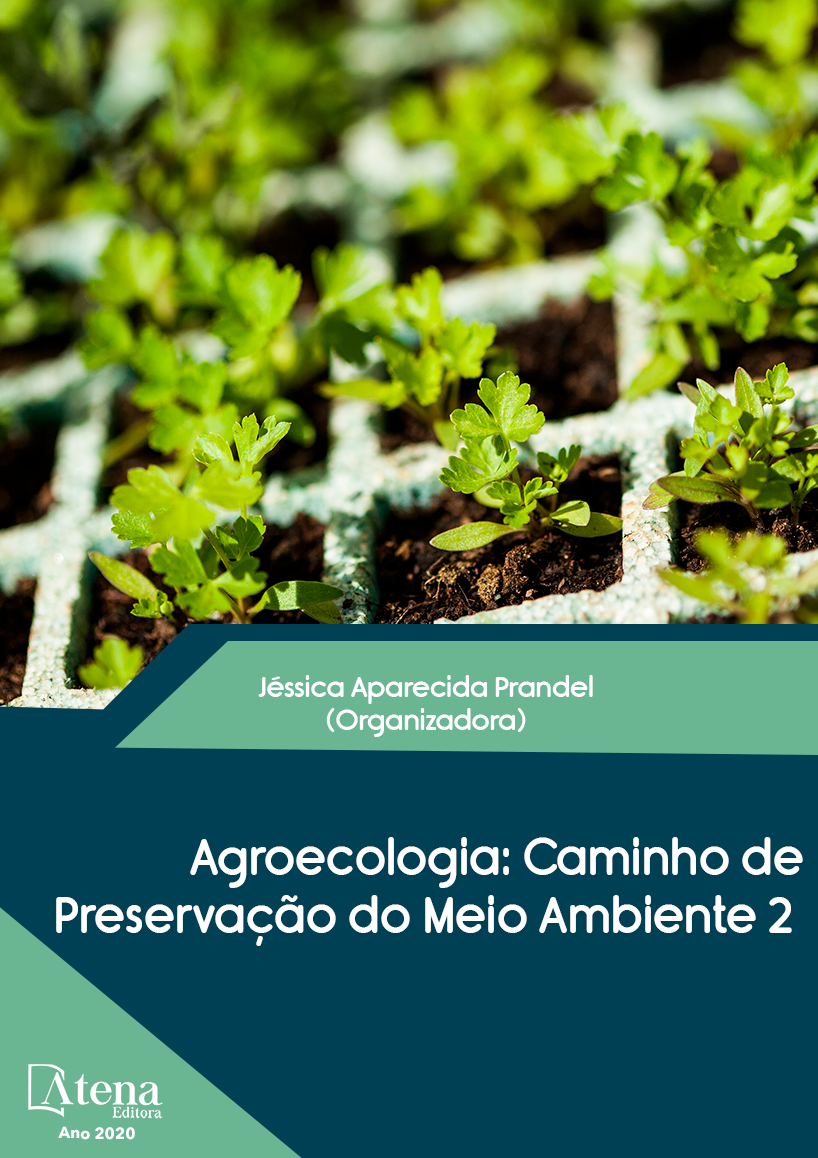
Inoculación con Rhizobium sp, Trichoderma sp y aplicación de biofertilizantes sobre el rendimiento de frijol (Phaseolus vulgaris L.)
El experimento se realizó en el Centro Experimental del Instituto Nacional de Innovación Agraria (INIA) ubicado en Lima, Distrito de La Molina, con el objetivo de evaluar el efecto de la combinación de biofertilizantes (Alopes Forte, Fertigigas Plus y Biolac) y los microorganismos (Trichoderma y Rhizobium) sobre el rendimiento de grano del frijol Variedad ‘Blanco Molinero’ basado en un sistema de producción orgánica, labranza cero y sistema de riego por goteo. El ensayo se instaló en diseño de bloques completo al azar con nueve tratamientos y cuatro repeticiones. Se evaluaron el rendimiento de grano seco y sus componentes y los parámetros de nodulación en los tratamientos inoculados con Rhizobium. En los caracteres evaluados no se encontraron diferencias estadísticas significativas; no obstante, se evidenciaron pequeñas diferencias entre los tratamientos evaluados en las condiciones de estrés de sequía en la etapa de llenado de grano que condicionó el afloramiento de sales lo cual afectó el normal desarrollo de granos de la variedad Blanco Molinero. La estructura y textura del suelo del área experimental se encuentra en una segunda campaña con labranza cero y la materia orgánica aplicado con la incorporación de Cajanus cajan junto con la aplicación de los biofertilizantes Alopes Forte y Fertigigación de Rhizobium y Trichoderma y la interacción entre biofertilizantes y microorganismos favoreció el componente número de vainas/planta, número de granos por vaina y peso de semillas, y por ende en los rendimientos obtenidos utilizando los biofertilizantes Alopes Forte y Fertigigas, siendo éstos la única fuente de nutrientes, así como también realizando la inoculación de Rhizobium y Trichoderma y la interacción entre biofertilizantes y microorganismos.
Inoculación con Rhizobium sp, Trichoderma sp y aplicación de biofertilizantes sobre el rendimiento de frijol (Phaseolus vulgaris L.)
-
DOI: 10.22533/at.ed.16220290413
-
Palavras-chave: : Biofertilizantes, Trichoderma, Rhizobium, orgánica, frijol, rendimiento.
-
Keywords: Biofertilizers, Trichoderma, Rhizobium, organic, bean, yield.
-
Abstract:
The experiment was carried out at the Experimental Center of the National Institute of Agricultural Innovation (INIA) located in Lima, District of La Molina, with the objective of evaluating the effect of the combination of biofertilizers (Alopes Forte, Fertigigas Plus and Biolac) and microorganisms (Trichoderma and Rhizobium) on bean grain yield Variety 'Blanco Molinero' based on an organic production system, zero tillage and drip irrigation system. The trial was installed in randomized complete block design with nine treatments and four repetitions. The yield of dry grain and its components and the nodulation parameters in the treatments inoculated with Rhizobium were evaluated. In the evaluated characters no significant statistical differences were found; However, there were small differences between the treatments evaluated in the conditions of drought stress in the stage of grain filling that conditioned the outcrop of salts which affected the normal development of grains of the Blanco Molinero variety. The structure and texture of the soil of the experimental area is in a second campaign with zero tillage and the organic matter applied with the incorporation of Cajanus falls together with the application of the biofertilizers Alopes Forte and Fertigigation of Rhizobium and Trichoderma and the interaction between biofertilizers and microorganisms favored the component number of pods / plant, number of grains per pod and weight of seeds, and therefore in the yields obtained using the biofertilizers Alopes Forte and Fertigigas, these being the only source of nutrients, as well as inoculating Rhizobium and Trichoderma and the interaction between biofertilizers and microorganisms.
-
Número de páginas: 18
- HUARINGA JOAQUÍN AMELIA
- JUSCAMAITA MORALES JUAN
- Flor de Maria Coaquira Llanos


